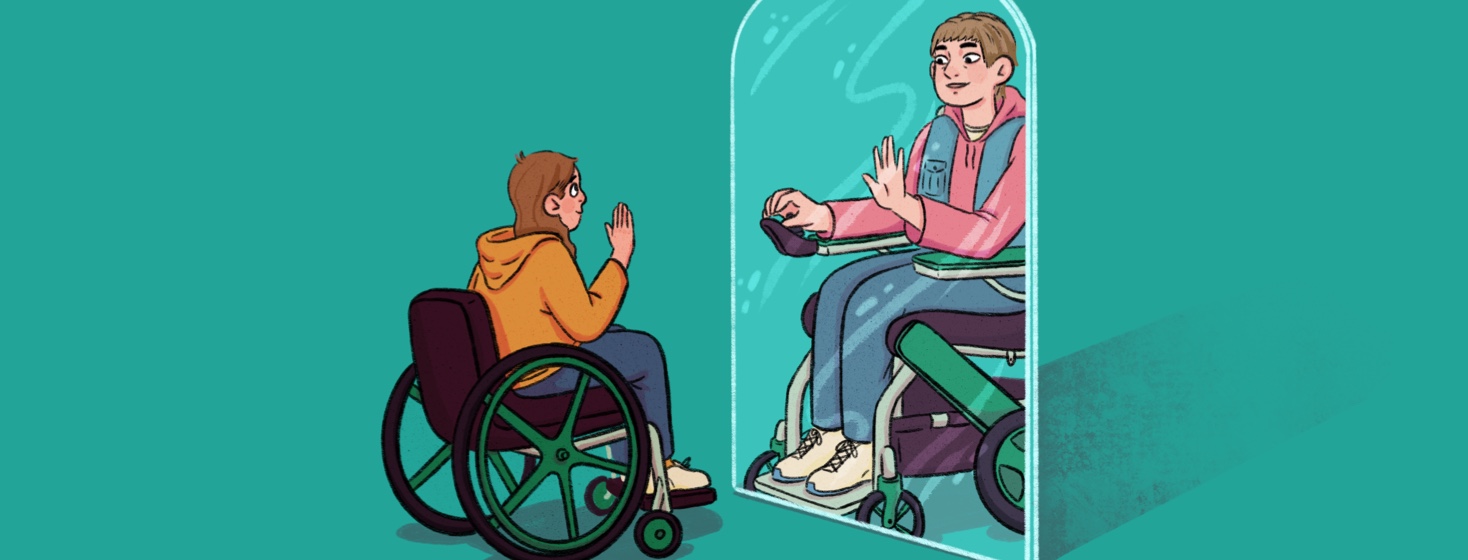Transitioning from Childhood to Adulthood With JIA
When I moved out of my childhood home to go to college, I was thinking about the adventures of my new life. I was excited and terrified. It was a thrilling time!
Growing up with juvenile idiopathic arthritis (JIA)
I was so full of ideas about my studies and meeting new people, joining clubs, and practicing living independently. In retrospect, I didn’t give enough thought to my juvenile rheumatoid arthritis (now called juvenile idiopathic arthritis, or JIA) and how to work managing my condition into my life.
In a way, a lot of the work had already been done. I had been learning about my condition since early childhood because I was diagnosed at age 2. My parents and my doctors would explain things to me, teach me the names of the medications, train me to do exercises, and more. It was expected that I would know my condition as well as any doctor, and that I would be able to explain it and my current treatment as needed when seeking medical care.
I knew how to take care of myself, how to take my medications, how my bones woke slowly and needed extra rest. I knew all the fundamentals, but I was so consumed with being a college student that I didn’t really pay close attention to my RA.
Featured Forum
View all responsesCollege was a break from the RA grind
It was just luck that my college years were a relatively quiet time for my RA. I remained fairly stable and didn’t have any terribly memorable flares. I kind of did the bare minimum. I had a local rheumatologist I saw every few months near my college, kept up with my medications, and that was the sum and total of my consideration for my condition. I had brand new hips and knees, so my pain was a lot better. I quickly adapted to my new motorized wheelchair for getting around campus and set up my room and bathroom with my adaptive tools.
I didn’t think much about the future of my RA, which now seems like a blessing. For a while I was just able to live, and the RA wasn’t at the forefront of my mind or even a worry in the back of it. While my disability was present and I was the only student using a wheelchair full time, even that just became a part of my daily life that I felt others could accept or not (and I didn’t really care).
Building an adult life with JRA
After graduating college and moving to DC, my focus shifted to building an independent life. Even then, RA was not a primary concern. I found a new rheumatologist, took my medication, and just got on with things. Much more challenging at that time was arranging accessibility in my home and enough to get around and do my job.
Although the Americans with Disabilities Act was nearly a decade old, public transit was not yet fully accessible, housing was mostly downright inaccessible (and extra expensive for finding a place with an elevator and no stairs), and employment discrimination was more common than not. My wheelchair and bent joints made my disability very visible, so I had to find ways to adapt and advocate for myself.
Only as I approached my 30s did I realize that my RA had slowly been gaining momentum and eroding my joints even further. Activities that once weren’t so difficult became exhausting and impossible. For example, it just wasn’t worth the lost time and energy to do my own laundry, so I had to hire help for that chore.
Entering a new phase of RA
I awoke to the fact that my RA was entering a different era and that I needed to give it more attention. I’m fortunate that I had almost 10 years of relative quiet with my RA, but I sometimes wonder if I wouldn’t have the struggles I do now if I had given my condition more notice than that.
Who can say? The medication options were still not that great then. And frankly, I could only cope with so much in my daily life.
I just wish I had a little more guidance from my rheumatologists about the transition from childhood to adulthood. But I suppose they couldn’t have predicted the course of my disease any more than I could have.
The most important thing was that I knew my condition and my treatment, and I was a strong self-advocate... for that is how a transition is ultimately achieved.
Read the second part of this article here.

Join the conversation